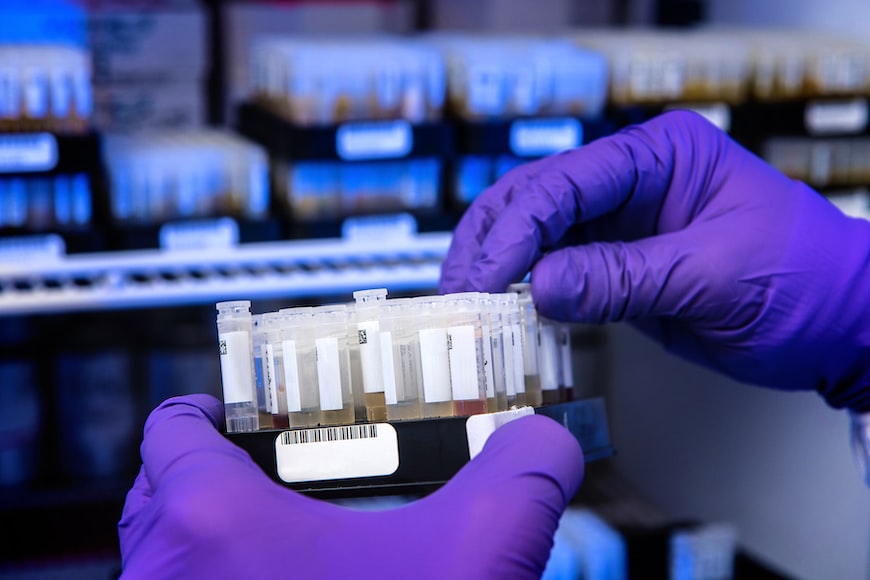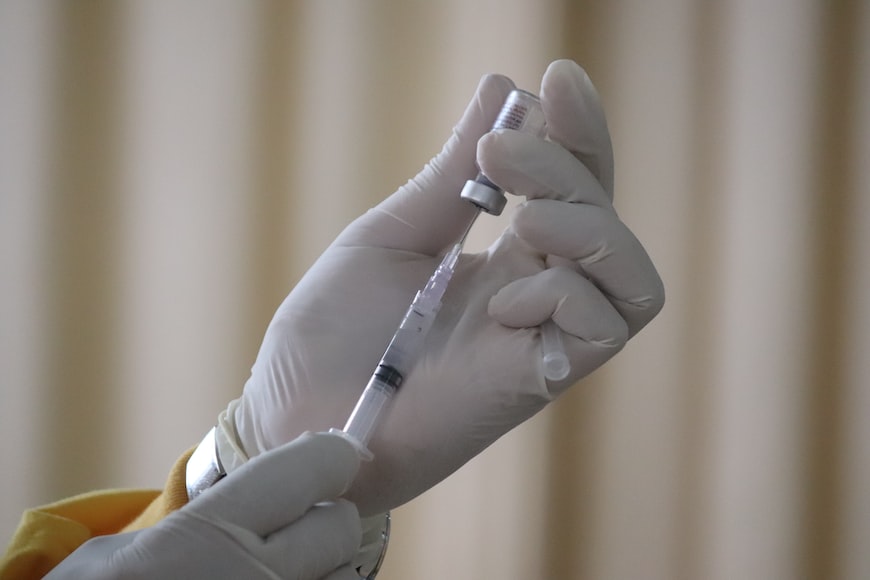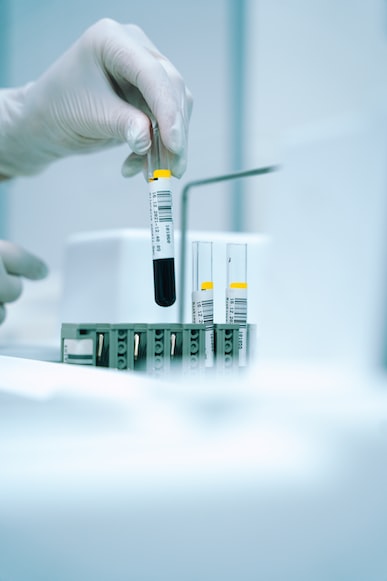As society embraces advancements in science and technology, it has become essential for medical practitioners to devise new mechanisms for producing antibodies for innovative purposes. Antibody production is essential in medical research, especially concerning the work surrounding vaccination and medicine manufacture. As such, the process of antibody production has to be proper to ensure that the researchers attain their desired objectives.
Manufacturing outstanding polyclonal antibodies without first engaging in meticulous planning and preparation (pABs) is impossible. Polyclonal antibodies are generated from B lymphocytes with varying epitope affinity for the same antigen. These cells are used in the production of polyclonal antibodies. Developing a pAb typically takes two to six months. However, this time frame might vary depending on the specifics of the regimen. Here are six tips to follow if you want to optimize your process.
1. Choosing the Animal For The Production Process
The initial stage in the manufacture of polyclonal antibodies is the selection and preparation of the antigen. Following this, you must choose the proper animal species. Due to their long lifetime, size, capacity to manufacture excellent antibodies, and simplicity of handling, rabbits are often the best candidate for pAb production in this instance.
Additionally, the housing environment, animal feed, stress levels, and availability of additional antigens in the animal’s surroundings might influence the formation of polyclonal antibodies. For example, such an animal may be readily housed in controlled facilities where researchers can improve pAb product yields by using group housing and tight barrier conditions.
However, the former decreases the stress levels associated with cage living and permits the extraction of more natural behavior patterns. This results in superior immune responses and remarkable polyclonal antibody production.
2. The Use of Adjuvants May Increase The Likelihood of Good Results
Adjuvants improve an animal’s immunological response by stimulating its immune system. Antigens with minimal immunogenicity may be used to create pAbs using an adjuvant. Adjuvants may be used to dilute antigens. Several examples exist, as illustrated below.
Consider Freund’s adjuvant. This incomplete alum and adjuvant help in the process because of its unique attributes. Freund’s adjuvant is widely used in polyclonal antibody production because it boosts antiserum titers against many antigens. Inactivated mycobacterium in adjuvants may cause tissue necrosis with repeated usage.
Aseptic antigen-adjuvant mix preparation is crucial to avoid microorganism buildup and maintain antigen stability. If the antigen-adjuvant combination is weak, the animals are in danger of sickness, and their antibodies have reduced titer and functioning.

3. Immunization of the Specimen
The route used to place the antigen is determined by several variables, including the particular qualities of the adjuvant, the type of animal being studied, the amount of antigen present, and its chemical make-up. Rabbits, on the other hand, often have many subcutaneous injections (SC) made on their backs as part of one of the standard vaccination programs. This process makes it possible to visually monitor any potential inflammatory responses that may occur in the future.

After vaccination, you need to check the animals regularly by palpating the area that the medical practitioner injected with the diseased lesions. This is done so that you can detect any adverse reactions. After you have this operation done, you will need to have a clinical observation done so that we can establish their overall health. In this context, it is essential to monitor the antibody response.
After administering direct injections for several weeks, they next carry out tests with test bleeds. During this stage, the researchers test the levels of particular antibodies by employing assays comparable to those established for the first usage.
4. Collecting The Serum After Antibodies Have Been Produced
Once you have determined that the immunization has had the desired effect, you may go on to collect the serum. This step is essential since various species have varying circulating blood volume percentages. It is possible to carry over production bleeds. Additionally, before doing quality assurance testing, it is recommended to combine the collected antiserum and then centrifuge it to eliminate any cellular debris.
5. Purification Techniques
Affinity chromatography and ion-exchange chromatography are the two methods that are used the majority of the time to accomplish the task of purifying antibodies. The yield and purity of the immunoglobulins must be considered while choosing a suitable method for the isolation and purification of the immunoglobulins.

6. Importance of Purification
Microorganisms, cellular debris left behind, and non-specific immunoglobulins may affect how well an antibody works. As a consequence of this, researchers are required to carry out the best pAb purification procedures. Therefore, researchers need to carefully consider whatever kind of purification will provide the best results based on their previous experience.
Also Read: Animal Control for Raccoon Removal in Vancouver
Parting Shot
The tips above could be essential for any individual engaging in antibody production. Therefore, following these tips could give you the edge you need in the polyclonal antibody production process.











